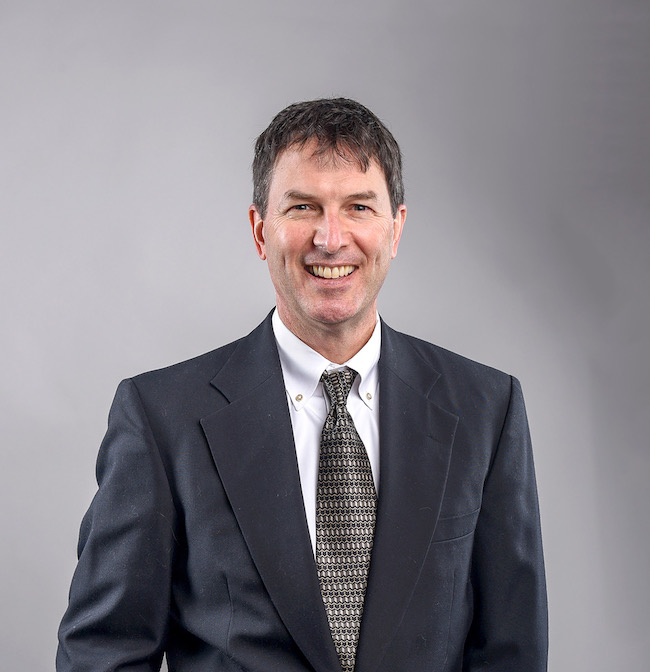Lake Oconee Eye Care and Cataracts
 By Dr. Perry Lee, Lake Oconee Eye Care/Vision Source
By Dr. Perry Lee, Lake Oconee Eye Care/Vision Source
Cataracts are when the clear lens behind the iris (the colored part of the eye) becomes cloudy. The natural lens in the eye is soft and flexible when we are born, but with every birthday it adds a new layer, just like the rings in a tree; as the lens gets thicker and stiffer, it also will eventually get cloudy. Cataracts can happen at any age, and babies can even be born with cataracts. Most people will develop some level of cataract by age 50, and we start to see more and more people getting cataract surgery from age 60 to age 80.
Cataract surgery is considered when the cloudy lens interferes with one’s vision and affects quality of life. Even the best eyeglass prescription can’t mitigate cataracts; symptoms can be as simple as not being to read the words that scroll across the television screen with your glasses, not seeing well enough to read a newspaper with your glasses, or difficulty with glare and reading street signs when driving at night with your glasses. A comprehensive eye examination can determine whether your eyeglass prescription needs to be changed, or if it is cataracts (or some other eye disease) that is causing your reduced vision.
If it’s determined that cataracts are the cause of the reduced vision, we can show you how much your vision should improve if you choose to have cataract surgery. If it is agreed, amongst the patient and the doctors, that surgery is the best route, we will then help you determine the refractive outcome you prefer after cataract surgery. The options include both eyes focused for distance, both eyes focused for near, one eye for distance and one eye for near, or multifocal implants. All of our physicians have years of experience, and are happy to share their expertise in helping to make the best choice for your eyes; we can even show you approximations of how each choice would affect your vision, in order to facilitate your decision.
Once we have decided the refractive outcome, we refer you to the surgeon of your choice for a surgical consultation. For your convenience, a surgeon from Athens Eye Doctors and Surgeons has been coming to our office for the past twenty years; Walter “Gus” Sams IV, MD has performed most of the cataract surgeries in the Lake Oconee area for the past six years, and his partner, Brent Crymes, MD, performed most of the cataract surgeries in the Lake Oconee area for the fifteen years prior to that! During the consultation, Dr. Sams’ staff explains the cost implications of your lens choices; standard implants are covered, but lenses that correct astigmatism or multifocal implants have extra out-of-pocket charges. Their staff also communicates with your other physicians, both to make sure you are healthy enough for surgery and to customize your anesthesia to your needs.
Following your cataract surgery consultation, you are scheduled for measurements. These measurements are critically important in getting the refractive outcome you have chosen and are calibrated and customized based on each surgeon’s procedural outcomes. Once the measurements are confirmed, the intraocular lenses are ordered and the surgery date is set.
Athens Eye Doctors and Surgeons have an ambulatory surgery center in their office complex where they give each patient a warm and caring surgical experience. Each eye is operated on separately, in different time frames, so that the patient’s eyesight is never completely compromised. The actual cataract surgery from first incision to completion takes less than 15 minutes, and you are normally seeing better right away. Restrictions for the first week include no lifting anything over 10-15 pounds, no placing your head below the waist, sleeping with a shield over your eye, and keeping the eye from any contact with water. You can resume almost all activities after the first week. The second eye is often done three to four weeks after the first eye’s surgery.
Following cataract surgery, most patients see us for post-op care. The visits are normally one week, one month and two to three months after your surgery. At these visits we make sure the wounds are healing, the inflammation is resolving, the implanted lens is stable, and there is no infection or other complications.
Cataract surgery is the most common outpatient surgical procedure performed in the United States. The team at Lake Oconee Eye Care and Athens Eye Doctors and Surgeons think we do it the best. Ask your neighbors — then come in and see for yourself!
